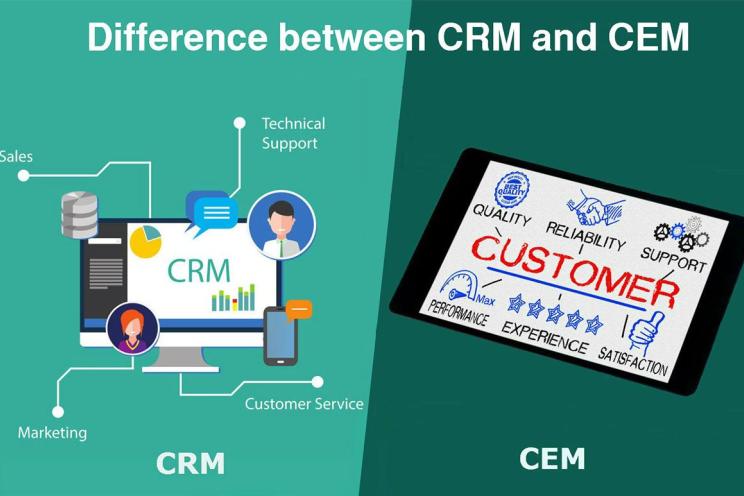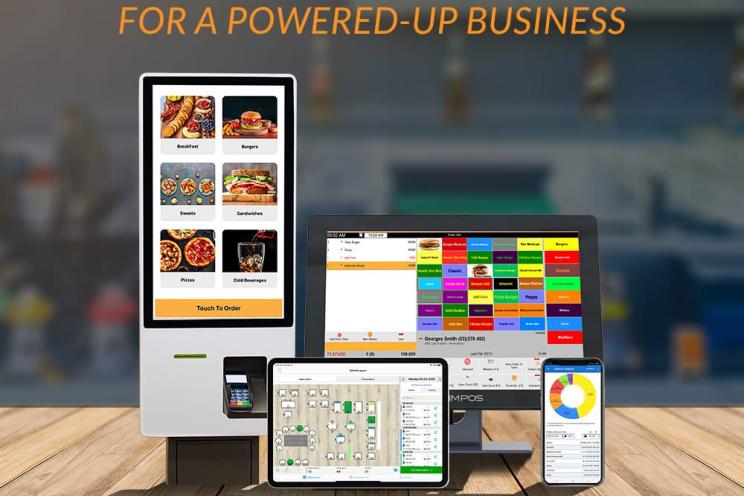
Turning Your Restaurant Menu Into a Strategic Profit Driver
Your restaurant’s menu is a dynamic tool that can shape customer choices, define their experience, and drive profitability.
While it might seem like a static element of your business, your menu has the potential to be an ever-evolving asset that reflects current trends, maximizes sales, and keeps customers coming back for more.
You can turn your menu into a powerhouse for your restaurant’s success by strategically designing and managing it.
How do you turn your restaurant menu into a strategic driver?
Highlight High-Profit Dishes Strategically
The design and layout of your menu play a crucial role in influencing customer decisions. Research shows that customers focus on certain menu areas first, such as the top right corner. Use this prime real estate to showcase your most profitable items.
Additionally, highlight these dishes using visual cues such as bold text, colorful boxes, or icons. Pair this with enticing descriptions that evoke emotion and appeal to the senses. For example, "Crispy Herb-Crusted Salmon with Lemon-Dill Butter" sounds far more inviting than a generic "Grilled Salmon."
Analyze Sales Data to Make Informed Decisions
Your POS system is a treasure trove of data that can help you understand what’s working on your menu and what isn’t. Review reports regularly to identify top-performing dishes, items with the highest profit margins, and those that aren’t selling as well as expected.
Armed with this data, you can:
- Remove underperforming dishes to declutter your menu.
- Adjust pricing to maximize profit margins on popular items.
- Introduce similar dishes to replicate the success of your bestsellers.
For example, if your data shows that a specific pasta dish consistently outsells others, consider adding a similar but slightly premium variation to capitalize on its popularity.
Introduce Upsell Opportunities
Upselling is a proven way to increase revenue without adding significant operational costs. Train your staff to use suggestive selling techniques, and ensure your POS system supports prompts for add-ons or upgrades.
For instance:
- Pair appetizers with entrees: “Would you like to start with our house-made bruschetta?”
- Suggest premium add-ons: “How about adding truffle oil to your fries for a gourmet touch?”
- Promote combo deals: “Our wine pairing with this steak dish is a customer favorite.”
When executed tactfully, upselling enhances the dining experience and increases the average check size.
Embrace Seasonal and Local Ingredients
Incorporating seasonal and locally sourced ingredients into your menu offers multiple benefits. It not only keeps your offerings fresh and exciting but also helps you manage costs by taking advantage of ingredients that are abundant and less expensive at certain times of the year.
Seasonal menus also create a sense of urgency for customers to try limited-time offerings. For example, a winter menu featuring hearty stews or a summer menu highlighting fresh, citrusy salads can resonate with diners while encouraging repeat visits.
Simplify Without Compromising Variety
A menu that’s too extensive can overwhelm customers and complicate kitchen operations. Instead, focus on curating a selection of dishes that you can execute flawlessly. This approach not only enhances the customer experience but also reduces food waste and inventory costs.
A streamlined menu allows your kitchen staff to work more efficiently, ensuring consistent quality. It also gives customers confidence in their choices, as they perceive the menu as a selection of your best offerings rather than an exhaustive list of options.
Leverage Menu Psychology Techniques
Menu psychology, or "menu engineering," is a science that helps guide customer behavior through subtle design choices. Here are some effective techniques:
- Decoy Pricing: Place a high-priced item near your target dish to make the latter seem more affordable.
- Omit Currency Symbols: Research shows that removing currency symbols (e.g., $15 vs. 15) reduces the perception of spending.
- Use Descriptive Language: Detailed descriptions increase sales by making dishes more appealing.
For example, instead of listing "Cheesecake," describe it as “Creamy New York Cheesecake with a Graham Cracker Crust, Drizzled with Rich Raspberry Sauce.”
Test and Adapt Regularly
Your menu should evolve alongside your customers’ preferences and market trends. Experiment with new items through specials or limited-time offerings to gauge customer interest before committing them to the main menu. Use your POS system to track their performance and make data-driven decisions.
For example, if a weekend special of Lobster Mac and Cheese performs exceptionally well, it might be worth adding it as a permanent fixture. On the flip side, dishes that consistently underperform should be reevaluated or replaced.
Maximize Beverage Profitability
Beverages, especially alcoholic ones, often have higher profit margins than food. Encourage customers to order drinks by:
- Creating signature cocktails that align with your restaurant’s theme.
- Offering drink pairings for specific dishes.
- Highlighting happy hour specials or seasonal drinks.
For non-alcoholic options, consider offering premium mocktails or unique house-made sodas to cater to all guests.
Utilize Technology to Stay Ahead
Modern POS systems are invaluable tools for menu optimization. They provide detailed insights into sales trends, customer preferences, and inventory levels. Some advanced systems even offer AI-driven recommendations to help you make the most of your menu.
For example, if your POS system identifies a dish that’s frequently ordered but often modified, it might be worth introducing a variation that better aligns with customer preferences. Additionally, dynamic pricing features can help you adjust prices based on demand, maximizing revenue during peak hours.
Optimizing your restaurant’s menu isn’t a one-time task—it’s an ongoing process that requires attention to detail, creativity, and a willingness to adapt. By strategically highlighting high-profit items, leveraging data, and embracing seasonal trends, you can create a menu that not only delights your customers but also drives sustainable profitability.
Remember, your menu is one of your most powerful marketing tools. Use it to tell your story, showcase your strengths, and set your restaurant apart from the competition. With the right approach, your menu can become the key to unlocking your restaurant’s full potential.




